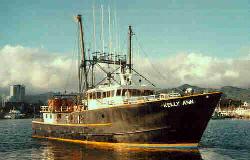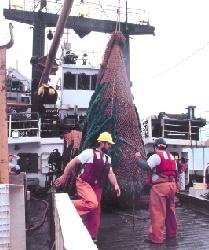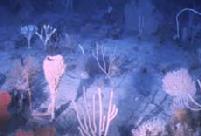|
This year's return of nesting leatherbacks to Pacific beaches was the worst on record, biologists report. Scientists estimate that there are now less than 5,000 nesting female leatherbacks left in the Pacific Ocean - down from 91,000 in 1980, a decline of 95 percent.
"The decline of the leatherback in the last five years is nothing short of catastrophic, and it is imperative that the global community come together to eliminate the use of the most destructive forms of industrial fishing before it is too late." said Dr. Sylvia Earle, a marine expert and explorer in residence at the National Geographic Society.
A recent report to the Pew Charitable Trusts estimates that there are almost two billion hooks set per year by the longline fishing fleet. Longline fishing in all the world's
deep oceans kills some 40,000 sea turtles each year, along
with 300,000 seabirds and millions of sharks.
"The United Nations and Kofi Annan must recognize
that in order to save the endangered leatherbacks, as
well as imperiled sharks, seabirds and dolphins, we must
stop these weapons of mass destruction from destroying
our oceans," said Todd Steiner, director of the
Turtle Island Restoration Network. "There are just too
many hooks adrift in the Pacific to give the leatherback
a fighting chance for survival."
|





